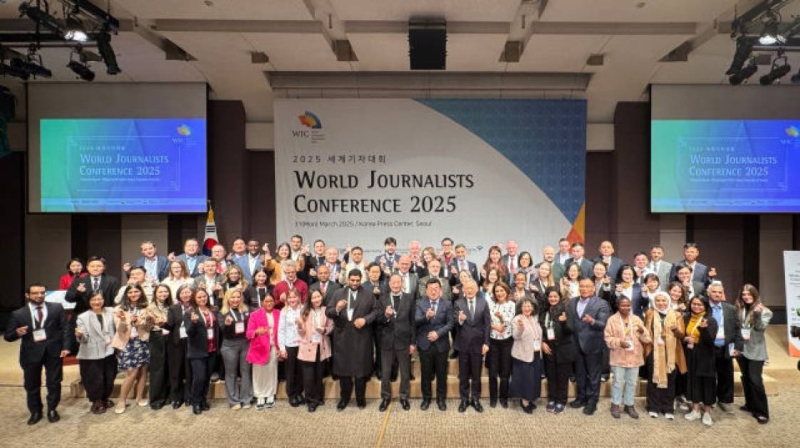Year of the bird
Year of the bird
Published: 12:00 am Dec 31, 2004
It’s not just the international community worldwide celebrating the dawn of a New Year. It is celebration time for the indigenous peoples of Tibeto-Burmese origin here in Nepal as well. Indra Gurung reports:
Year of the bird
Kathmandu:
It’s time again to wish each other ‘Lhosar Ashimala’ (a Happy New Year)!
People of Mongoloid origin — the Gurung, Tamang, Sherpa, Tibetan, Hyolmo, Thakali and Dolpoli — observe Lhosar (‘Lho’ stands for year and ‘Sar’ new ), which begins on the first day of the waxing moon of January. Each ‘Lho’ (year) is marked by 12 different animals, which altogether form a cycle of Lhos called ‘Lhokore’. Hence, Lhosar is regarded as the festival of the changing of Lho. The twelve animals are the rat, cow, tiger, cat, dragon, snake, horse, sheep, monkey, bird, dog and deer. Last year was regarded as the Year of Sheep (Lhyu Lho) that ended on December 29 and Chyu Lho (Year of Bird) began on December 30.
There are three kinds of Lhosar — Tola, Sonampa and Gyalpo Lhosar. Gurungs and Thakalis along with some tribal groups in Mugu and Humla celebrate Tola Lhosar, Tamang and Hyolmo celebrate Sonampa Lhosar and Gyalpo Lhosar by the Sherpa and Tibetan communities. According to the Tibetan lunar calendar, Poush 15 is the Tola Lhosar and it is also called Tamu Lhochhar, as it is mainly observed by the Gurung people. The celebration of Lhochhar begins with a farewell bid to the old Lho on December 29.
People gather in Rodhi Ghar (the Gurung community home) to bid farewell to the old ‘Lho’ and welcome the new one, where Lamas, ‘Ghyabri’ and ‘Pachyu’ (Gurung priests) pray for peace and prosperity the year that has just set in. In the same eve, Lamas read holy books and chant religious discourse in order to vanish evil and misfortune and to wish peace, prosperity and good luck in the coming new year. The next day, people gather in a particular place and exchange greetings by offering ‘khada’ (a kind of scarf made of silk) and the eldest person gets honoured with ‘rupa’ (a holy red thread) by the priests. All the members join a communal picnic known as ‘Syo Kain’ where everyone shares dishes cooked in a big cauldron regardless of class within the groups. “This is an effort to create an ambience of fraternity, harmony and peace,” says Professor Jag Man Gurung, member of Royal Nepal Academy.
On the occasion, ladies perform ‘Sorathi’ and ‘Ghatu’ dances and sing ‘Dohori’, a folk duet song competition in which women and men debate in verse. Youths play ‘chello’ (shot put) and organise archery events in a very colourful ambience. “Whatever the myths and historical facts behind Lhosar, it’s a totally cultural and social festival of Mongoloid ethnicities dedicated to cause of peace, fraternity and unity,” says Dr Shekhar Gurung, professor at Tribhuvan University. According to Lama Jag Man Gurung, as the date of Lhosar falls around winter solstice, people celebrate looking forward to brighter days. Apart from Mongoloid people of Nepal, people from China, Hong Kong, Mongolia, Thailand, Singapore, Korea, Bhutan, Japan and Burma also celebrate Lhosar according to their own customs.
The New Year season of Lhosar has started on December 27. It will go on until the first day of the waxing moon of February. During this period, different clans will separately celebrate their respective Lhosar.





